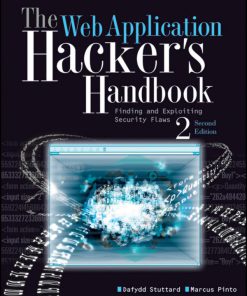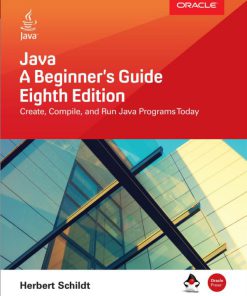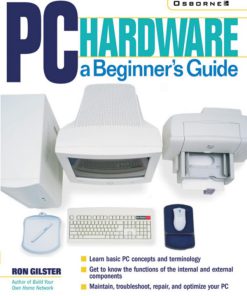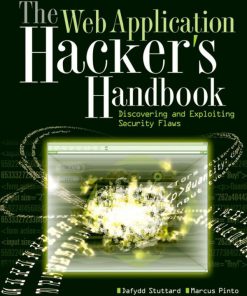Web Application Security, a Beginner’s Guide 1st edition by Bryan Sullivan, Vincent Liu ISBN 0071776168 978-0071776165
Original price was: $50.00.$25.00Current price is: $25.00.
Authors:Bryan Sullivan; Vincent Liu , Series:Cyber Security [107] , Tags:Computers; Networking; General , Author sort:Sullivan, Bryan & Liu, Vincent , Ids:Google; 9780071776127 , Languages:Languages:eng , Published:Published:Dec 2011 , Publisher:McGraw Hill Professional , Comments:Comments:Security Smarts for the Self-Guided IT Professional “Get to know the hackers—or plan on getting hacked. Sullivan and Liu have created a savvy, essentials-based approach to web app security packed with immediately applicable tools for any information security practitioner sharpening his or her tools or just starting out.â€â€”Ryan McGeehan, Security Manager, Facebook, Inc. Secure web applications from today’s most devious hackers. Web Application Security: A Beginner’s Guide helps you stock your security toolkit, prevent common hacks, and defend quickly against malicious attacks. This practical resource includes chapters on authentication, authorization, and session management, along with browser, database, and file security–all supported by true stories from industry. You’ll also get best practices for vulnerability detection and secure development, as well as a chapter that covers essential security fundamentals. This book’s templates, checklists, and examples are designed to help you get started right away. Web Application Security: A Beginner’s Guide features: Lingo–Common security terms defined so that you’re in the know on the job IMHO–Frank and relevant opinions based on the authors’ years of industry experience Budget Note–Tips for getting security technologies and processes into your organization’s budget In Actual Practice–Exceptions to the rules of security explained in real-world contexts Your Plan–Customizable checklists you can use on the job now Into Action–Tips on how, why, and when to apply new skills and techniques at work













